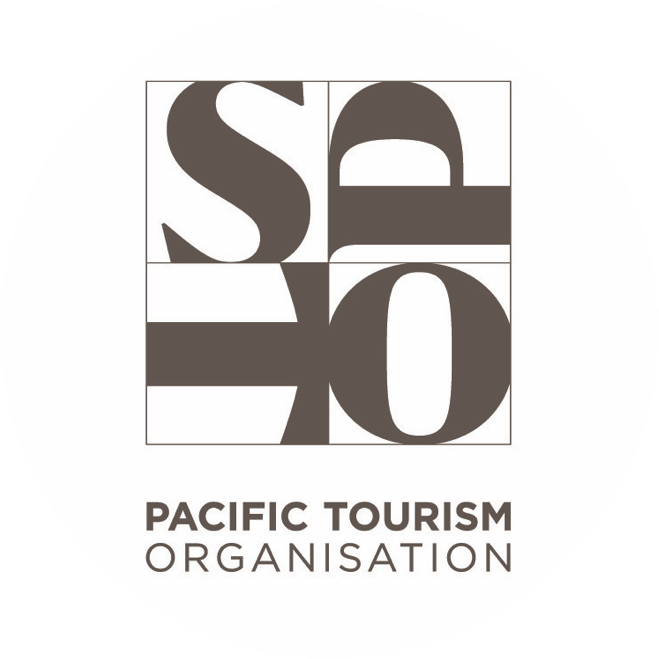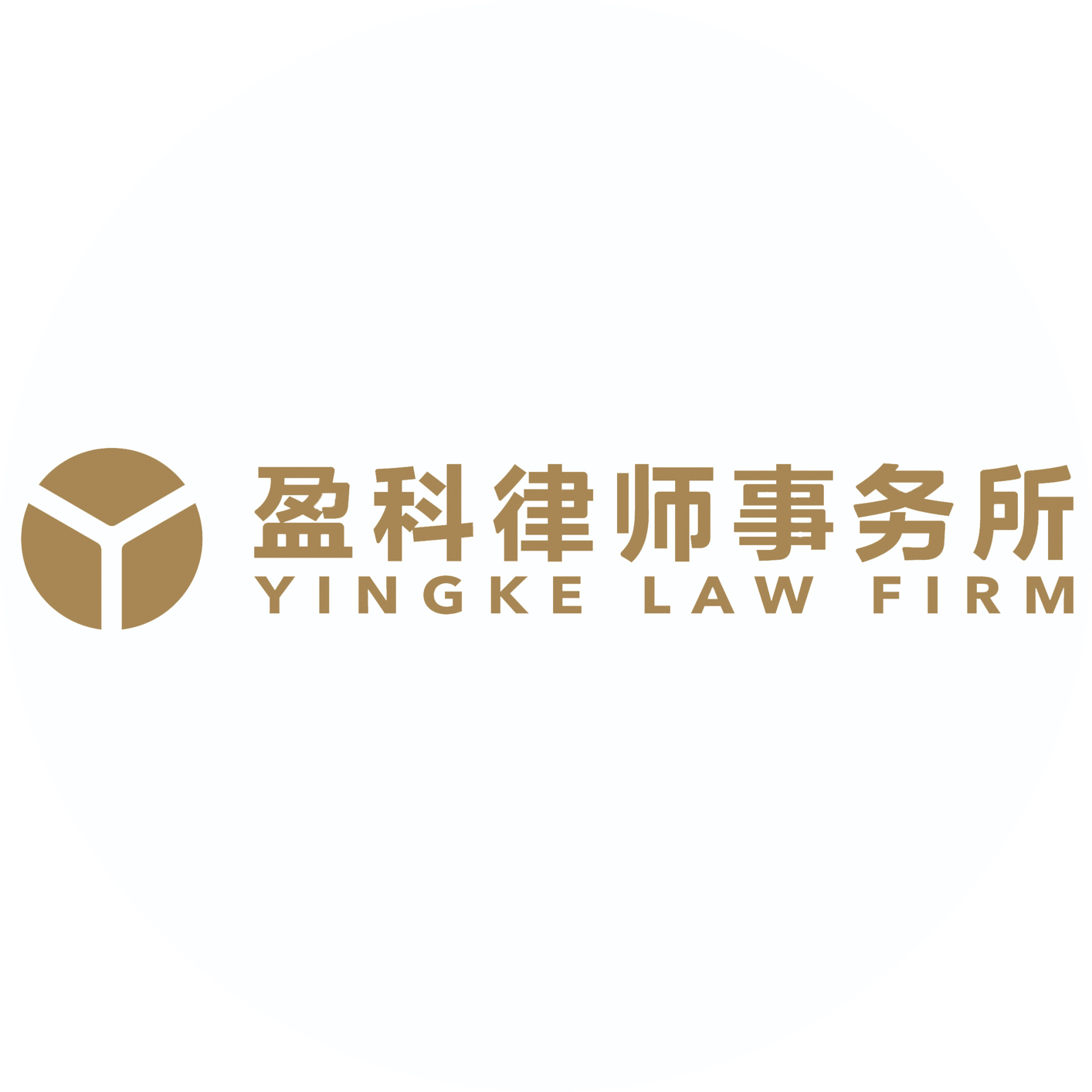Bureau of Culture, Radio, Television, and Tourism of Luoyang, China
Description
About
Located in the West of Henan Province, Luoyang got its name due to its location in the adret of the ancient Luoshui River. It is a historic city with more than three thousand years of history. It was the capital city for nine dynasties, including the East Zhou, East Han, Caowei, West Jin, North Wei, Sui, Wuzhou, Late Liang, Late Tang, so it is named as the "Ancient Capital of the Nine Dynasties", ranking top one among the seven ancient capitals in China. The Heluo area with Luoyang as the center is the important origin of the Huaxia Civilization.
The most prosperous period of Luoyang was in the Sui and Tang dynasties with a population of more than one million. Known as the oriental start of the "silk road", it had wide political, economic, cultural exchanges with countries of Europe, North Africa and Asia.
The ancient capital Luoyang also boasts rich humanistic cultures. The fables about Fuxi, Nuwa, Yellow Emperor, Tangyao, Yushun, Xiayu in ancient China were mostly originated from here; the generation and development of traditional Chinese cultures: Confucianism, Buddhism, Daoism, are closely related with Luoyang; the Book of Changes and The Eight Diagrams were generated here; Laotze wrote the Daoism here; Confucius once asked the ceremony here; The Historical Book of Han Dynasty and Comprehensive Mirror for Aid in Government were complied here; Zhang Heng invented Armillary Sphere and Seismograph here; and the great poets Du Fu and Li Bai left their ever-lasting poems here.
The rich and abundant historic culture of Luoyang has done its contribution to the Chinese nation and also leaves endless wealth and relic sites for the following generations to visit and ponder on the past. Luoyang Longmen Grottoes is one of the three art treasures of the Chinese stone inscription; the first temple Baima Temple was the first temple built after the introduction of Buddhism into China and reputed as "Shiyuan" and "Zuting" of China’s Buddhism; the Mangshan in the north has the largest ancient tomb cluster in China shaped since East Zhou Dynasty and more than 400 thousand precious cultural relics have been excavated here and the first ancient tomb museum in the world has been built here. In addition, Luoyang is also famous for its three colored glazed pottery of the Tang Dynasty, Luoyang peony, Heluo Peculiar Stone (Yellow River Peculiar Stone), Luo embroidery and the Guanlin, one of the three famous Guandi Temples in China.
The ancient capital Luoyang is among the first batch of China’s historic cities declared by the Chinese government.
SECTOR
Development Cooperation, Sustainable Tourism, Heritage Protection
Country
China
SDG
08 - Decent Work and Economic Growth, 11 - Sustainable Cities and Communities, 12 - Responsible Consumption and Production
Organization Type
Government
URL
www.lyta.gov.cnSimilar Organizations





